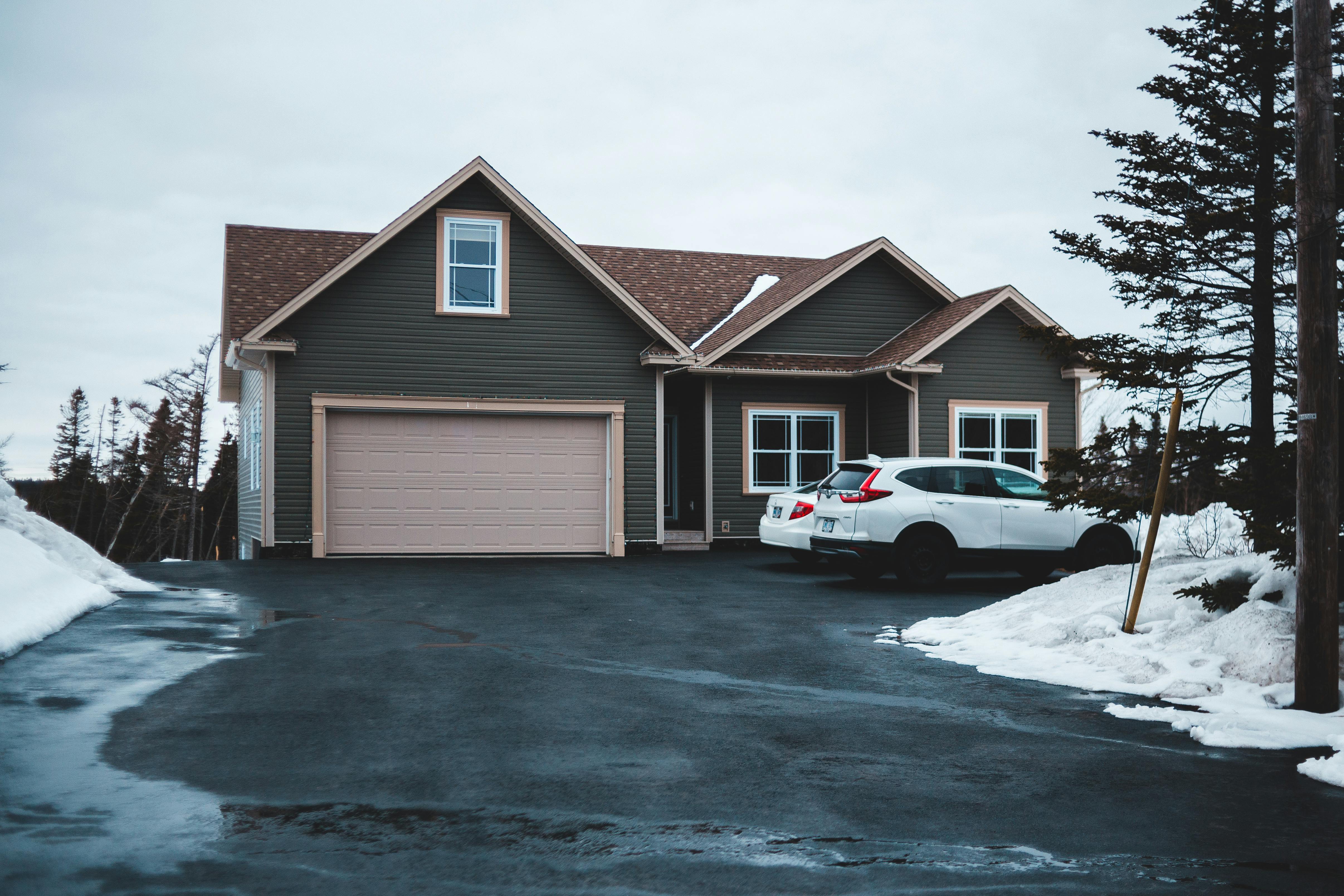A review of The TVR Vixen Series 2 and 3 Sports Car, covering the development, important features and technical data of this eleventh model in the TVR range.
In this article, I take a nostalgic look at the TVR Vixen Series 2 and 3, one of an elite group of classic cars, that was made during the period from 1968 to 1972.
tvr slut series 2
In October 1968, TVR Vixen Series 2 was introduced.
Although mechanically very similar to the 1 Series, the most important feature is related to the chassis, with the longer 90-inch wheelbase being increased from 7 feet 1.5 inches on the 1 Series to 7 feet 6 inches.
This new stretched chassis was originally developed for the widebody Tuscan V8 SE variant.
However, the benefit of this, in terms of the Vixen, was that it provided more comfort in the cockpit area.
This was due to the fact that the doors were now larger, giving greater access to get in and out of the car, which was a serious negative on earlier TVR models.
The Series 2 was the first TVR model in which the fiberglass body was bolted to the chassis, as opposed to previous variants in which the two were joined by means of fiberglass strips.
The benefit of this form of construction was that it made repairs, in the event of an accident or body damage, much easier, which is reflected in the fact that pre-1968 TVRs tended to be somewhat rare.
IN 1969, additional changes that occurred included:
-
There was a redesign of the hood, which now featured a prominent central bulge on early production models, while later cars received two air intake ducts located in the front corners.
-
The taillights were updated from the earlier circular style, as used on the Ford Cortina Mark 1, to the newer wraparound style, on the Cortina Mark 2 sedan.
-
It was fitted with disc brakes at the front and drums at the rear, with the brakes now being power-assisted.
The Series 2 was powered by the same engine used in the Series 1 and, with a 9.0:1 compression ratio, developed 88 bhp at 5,400 rpm and 96 ft/lbs of torque at 3,600 rpm.
By the end of 1970, when production ended, Vixen Series 2 sales had reached 438 units.
tvr vixen series 3
In 1970, the Vixen 3 Series sports car was introduced, and was powered by the same Ford 1.6-litre 4-cylinder engine as used in the Ford Capri 1600 GT saloon, developing 86bhp, compared to 88bhp produced with Ford unit. in Series 1 and 2.
Additionally, this would be the last model to feature the Thurner-designed chassis, which was replaced by a redesigned chassis to be used in the upcoming M Series of cars.
This new chassis featured the use of a slightly thicker gauge of steel tubing than previously used, as well as the use of square tubing for the first time in a TVR frame.
This chassis was similar to the Thurner version, except that the components used came primarily from Triumph.
With the 3 Series, the heat extraction vents in the hood were given aerodynamic flow louvers, as used on the Ford Zodiac Mark 4 sedan.
Wire wheels were replaced by cast alloy versions, which were now standard equipment.
By April 1972, when production ended, a total of 168 Series 3s had been built.
This marked the end of TVR Vixen Series 2 and 3.
Perhaps this walk down memory lane could have answered, or at least shed light on, a possible question:
Which TVR sports car is it? Your Favourite?
However, if this question remains unanswered, I will review, in some detail, in future articles within this website, the full range of TVR sports cars that were introduced in the memorable era from 1946 to 1967.
I hope you’ll join me on my nostalgic trips “down sports car memory lane.”
